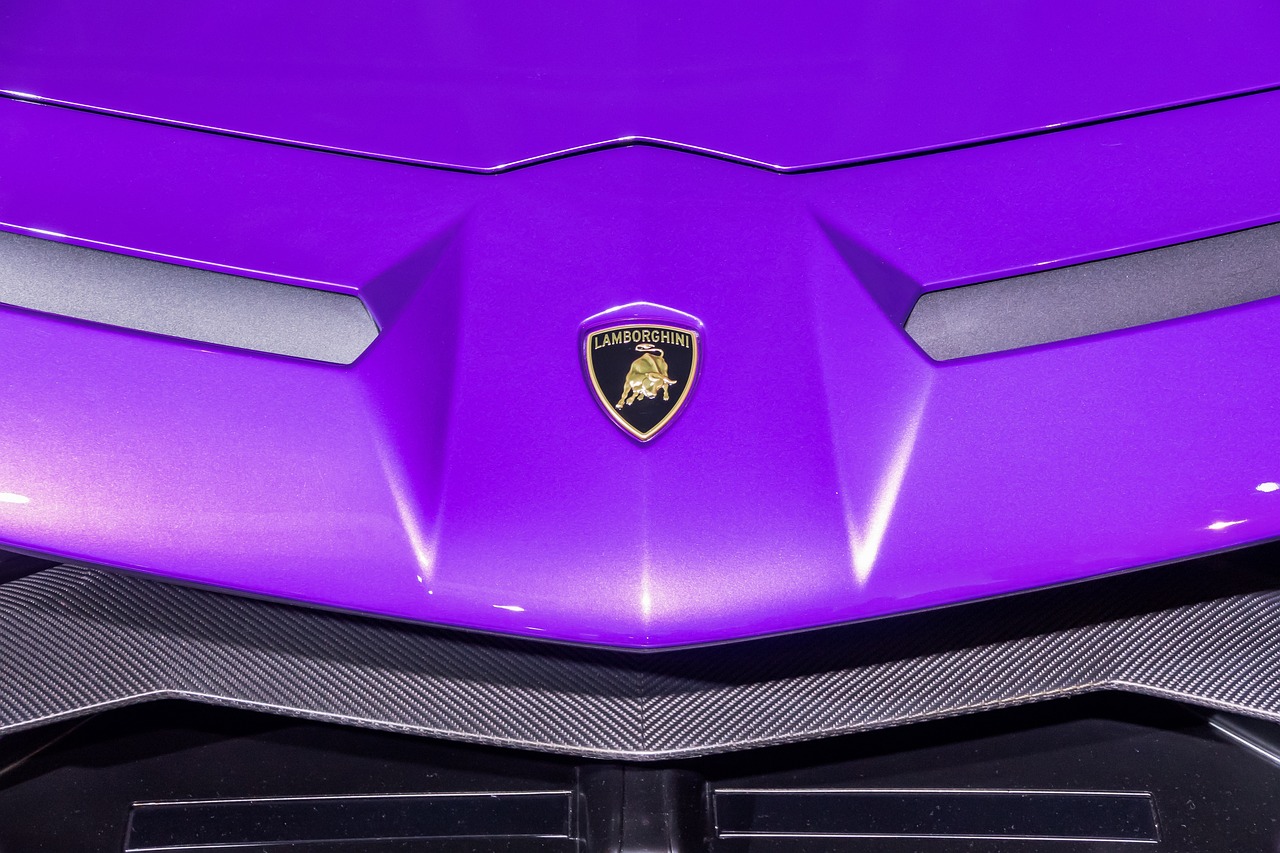The Influence of Cultural Diversity on Car Exterior Design Preferences
Car exterior design preferences vary greatly across different cultures due to a variety of influences. One major factor impacting these preferences is the climate and geography of the region. For example, in areas with harsh winters, consumers may prioritize cars with high ground clearance and durable materials to withstand extreme weather conditions.
Cultural values and societal norms also play a significant role in shaping car exterior design choices. In some cultures, there is a strong emphasis on luxury and status symbols, leading to a preference for sleek, high-end vehicles with attention-grabbing aesthetics. On the other hand, in cultures that prioritize practicality and efficiency, cars with simple and functional designs may be more popular.
Historical Influences on Car Design Preferences in Different Cultures
As we delve into the historical influences on car design preferences in various cultures, it becomes apparent that each region’s unique past has played a crucial role in shaping the aesthetic ideals of vehicle exteriors. For instance, in Europe, the opulence and grandeur of the Renaissance period have left a lasting impact on the design of luxury cars, with sleek lines and intricate details reminiscent of classical architecture.
In contrast, the utilitarian principles of Japanese design stemming from the Edo period have influenced the minimalist and functional approach seen in many compact cars from Japan. This emphasis on simplicity and efficiency can be traced back to traditional Japanese art and craftsmanship, reflecting a harmonious blend of form and function in car exterior design.
Role of Social Norms in Shaping Car Exterior Design Choices
Social norms play a significant role in shaping car exterior design choices across various cultures. In many societies, there are specific expectations and standards regarding the appearance of vehicles, which heavily influence the design preferences of car buyers. These norms can range from the importance of status symbols to concepts of beauty and aesthetics that impact how cars are styled and designed.
Moreover, social norms also dictate the perception of certain features as desirable or undesirable in car design. For example, in some cultures, larger and more imposing vehicles may be favored as a symbol of wealth and power, while in others, sleeker and more minimalist designs might be preferred for their association with modernity and sophistication. Understanding these social norms is crucial for car manufacturers in creating designs that resonate with consumers and align with their cultural values and preferences.
Are car exterior design preferences influenced by social norms?
Yes, social norms play a significant role in shaping car exterior design choices. Different cultures and societies may have varying preferences based on their social norms.
How do historical influences impact car design preferences in different cultures?
Historical influences can shape car design preferences by reflecting past trends, traditions, and cultural values. These influences can vary greatly across different regions and societies.
What are some factors that impact car exterior design preferences across cultures?
Factors such as climate, geography, economic status, and cultural beliefs can all influence car exterior design preferences across different cultures. These factors can lead to diverse design choices across the globe.







